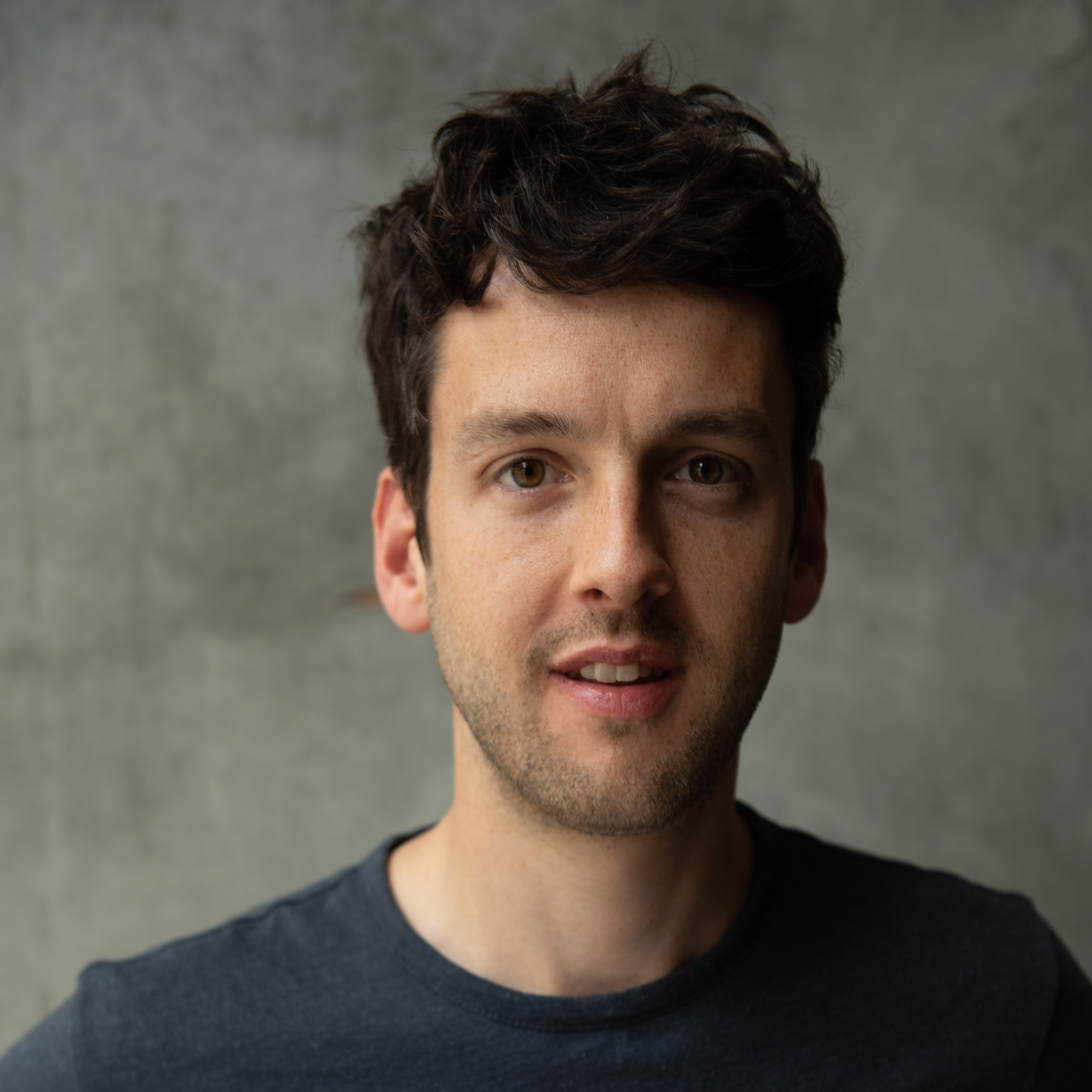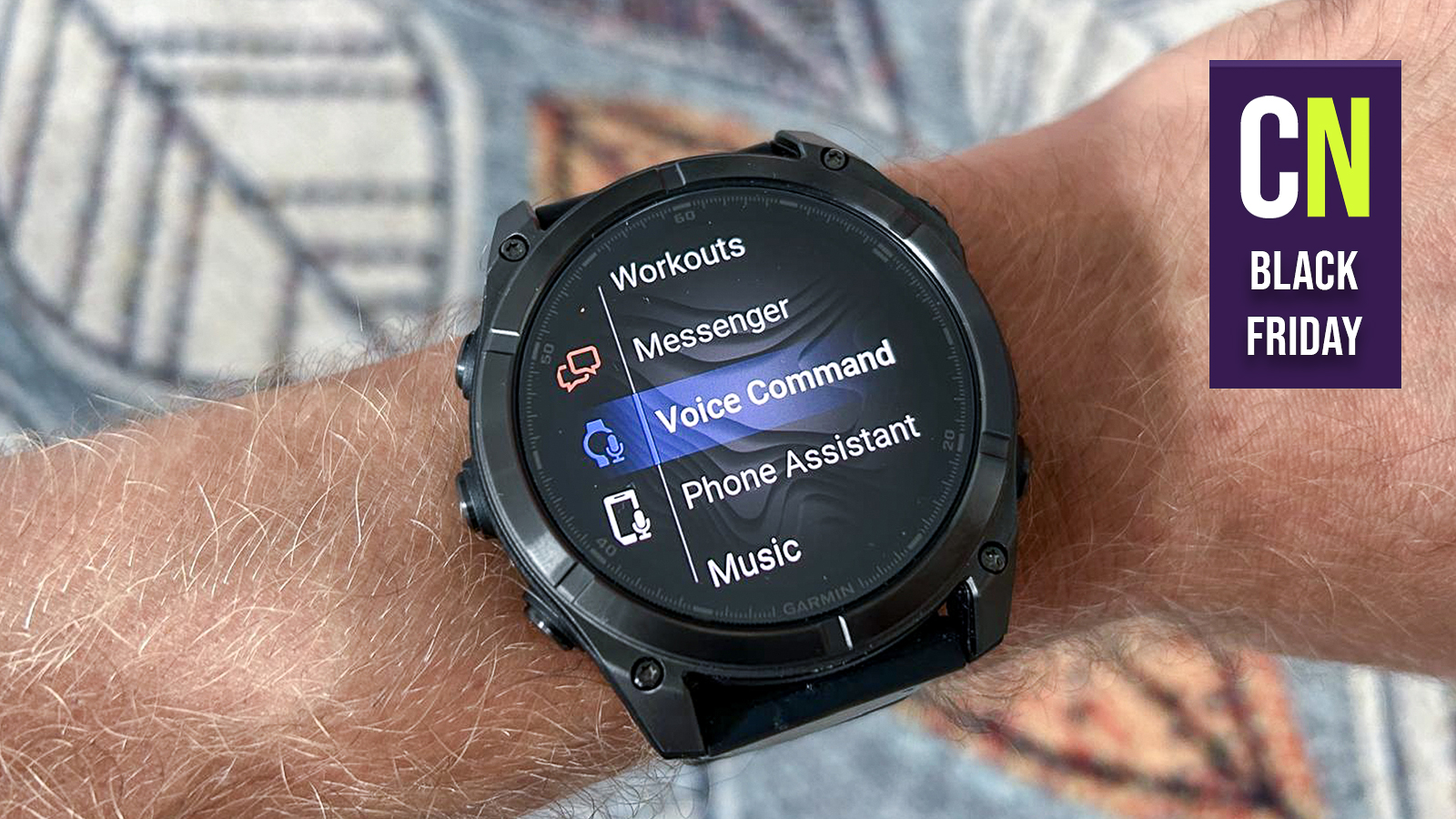The Tour de France is getting faster, and here's why it won't be slowing down soon
From tech, to nutrition, to a new sense of order in the peloton, we take an extremely deep dive into the curious phenomenon of the Tour de France's escalating speed
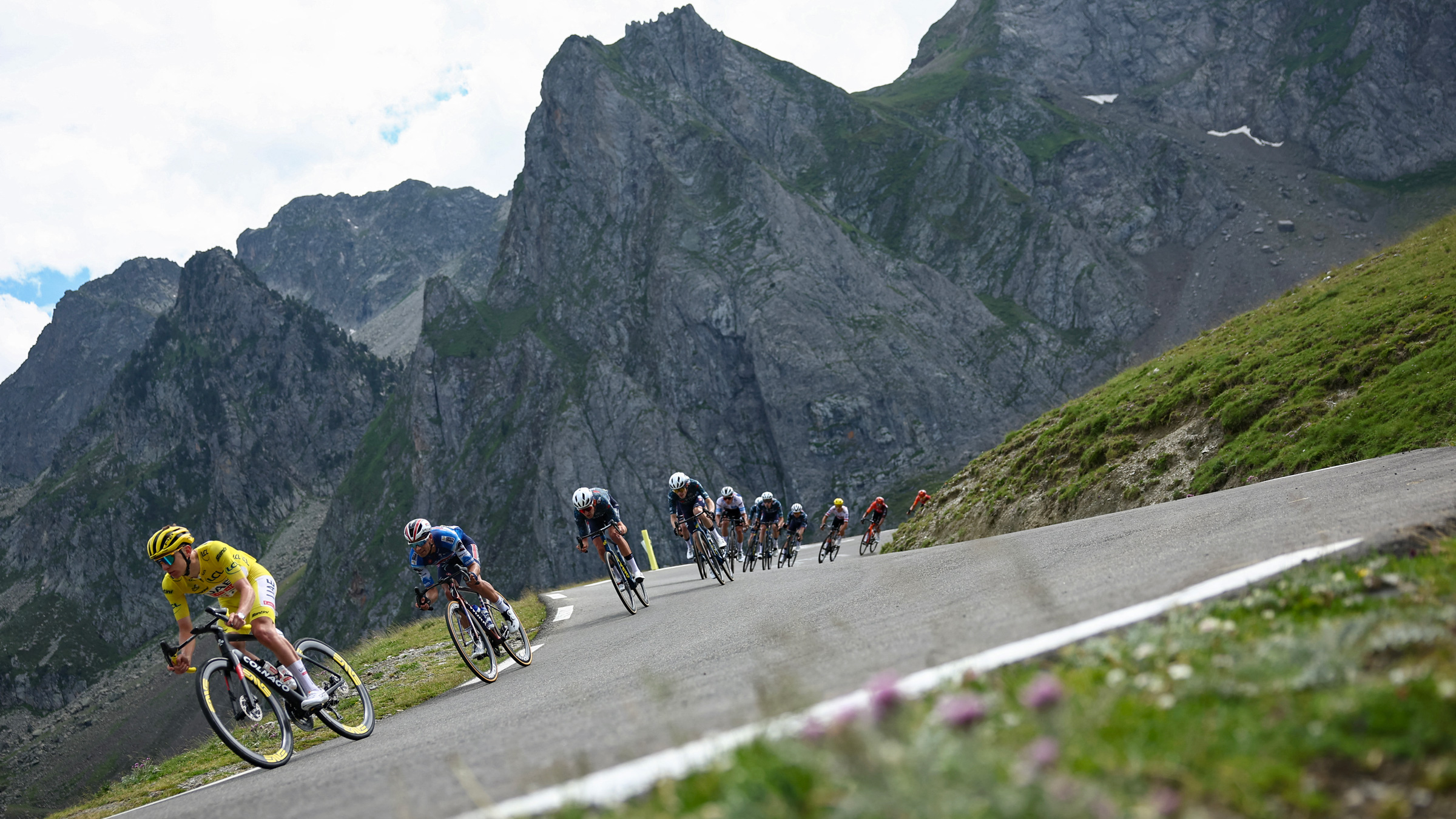
The Tour de France is getting faster. When you plot out the average speed of the winner over the course of the race, over the course of its history, that much is clear to see.
The past two editions of La Grande Boucle may have fallen short of Jonas Vingegaard’s record-setting, eye-watering winning average of 42.10 kilometres per hour in 2022, but in general the speeds have been trending upwards for more than a century.
On Sunday 13th July, stage 9 of the Tour de France was the second fastest of all time with the peloton averaging 50.013 kph for just under three and half hours of racing.
Pushed on by the generational talents of Vingegaard and his great rival Tadej Pogačar, who have shared the past five yellow jerseys between them, speeds are reaching heights few thought possible, and some deem unsafe. Cycling as a sport and an industry is largely predicated on the pursuit of moving faster but now, as the UCI unveils plans for gear restrictions, thought is actually being given as to how we can slow riders down.
That particular debate is for another time, but given how much of a talking point the speed of the modern peloton has become, and given that Vingegaard and Pogačar have renewed their hostilities in France, we wanted to explore not the consequences but the causes.
In short, why, and how, is the Tour de France faster than ever before?
How much faster is the Tour de France?
Before we dive into the whys and wherefores, it’s worth taking a closer look at just how much faster the Tour de France has become over the years.
The earliest Tours were run off over huge distances and terrible road surfaces at little over 25km/h, which left room for a steady rise as the sport became more professionalised over the subsequent decades. The turn of the century coincided with the Lance Armstrong era, which saw average speeds tip above the 40km/h mark and then, remarkably, in 2005, above the 41km/h mark – that remains the third-fastest Tour in history, even if that finishing speed doesn’t officially stand in the record books. Although Chris Froome also topped 41km/h when he won the last of his Tours in 2017, speeds have generally hovered around the 40km/h mark.
Until the pandemic that is. The delayed 2020 Tour was a slightly slower affair, but the average speeds since have been eye watering: 41.15km/h (2021), 42.10km/h (2022), 41.41km/h (2023), 41.80 km/h (2024).
The post-pandemic Tours have, of course, been dominated by two riders who arguably are two of the best we’ve ever seen. But this is not just the work of two generational anomalies. Although they sometimes appear to be in a different race, the rest of the field is significantly faster, all the way down. Last year, Joao Almeida finished fourth, nearly 20 minutes down on Pogacar, but his average speed was still 41.66km/h. Geraint Thomas was ‘best of the rest’ in that record 2022 Tour, way off the pace but still almost 2km/h faster than when he won the yellow jersey himself four years previously.
“The speeds are incredible,” noted Romain Bardet, a podium finisher in 2016 and 2017, last year. “The tempo is a world away from my best years. It’s 40 watts more over an hour - that’s to say, 10% faster. We have truly entered a new era.”
Sign up to our daily Tour newsletter - The Musette
Tech
“There are two main ways you go faster: put more power in, and reduce your losses going out,” explains Dan Bigham, Red Bull-Bora-Hansgrohe’s Head of Engineering. His job revolves around the latter, working out how a rider can travel faster for the same force through the pedals. This is mostly about aerodynamics, which few would deny has been the biggest contributor to the rising speeds of the pro peloton.
“We stood on the top of Mount Stupid for a long time,” says Bigham, but he doesn’t mean we started to clamber down with Greg LeMond’s aero bars in the late 1990s, nor at any point during Lance Armstrong’s era of dominance from 1999-2005. Even the marginal gains that fuelled Froome’s four yellow jerseys between 2013 and 2017 don’t look so inspired in hindsight.
“I look at Froome back then and it gives me nightmares,” Bigham jokes. “Things that are just travesties that we know now but didn't know back then. In terms of how far we’ve come, I would say Armstrong and Froome are closer together than the difference between Froome and now. We've made light years of jumps.
“There are so many smart people working in the sport now, and that knowledge spreads so much quicker, it accumulates and compounds, and you have such greater understanding of the physics of the situation and therefore how to manipulate the physics to go quicker.”
Faster bikes
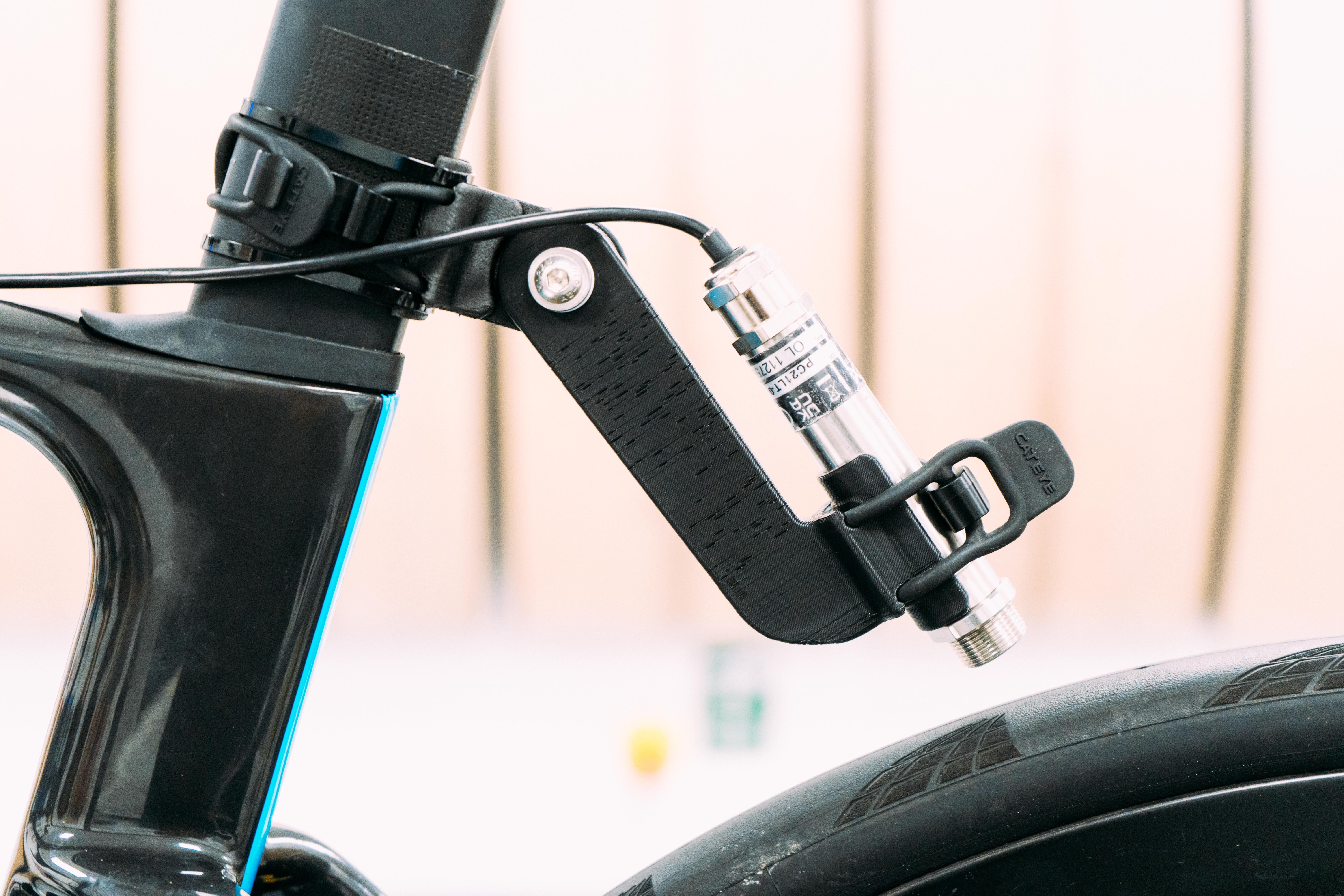
The first thing that springs to mind here are the bikes. Modern machines bear little resemblance to the clunky bikes of the earliest Tours, and over the years they have become both lighter and more aerodynamic. Bikes became so light during the 1990s that the UCI introduced a minimum weight requirement of 6.8kg in order to ensure safety. Since then, the cycling industry at large has continued to obsess over weight but aerodynamics have been the focal point for bike development, which actually saw bikes get significantly heavier for a while. In fact, only a few years ago it was commonplace for teams to have a dedicated aero bike and a dedicated climbing bike. Now, aero is every day, and it’s not all that heavy. From the shapes of the tubes to the rims of the wheels, bikes simply cut through the air far more efficiently than they did even a few years ago.
It’s not just aero, though. Drivetrain efficiency – how much energy is lost as the chain turns – is one factor, as is the rolling resistance of tyres. “Rolling resistance is up there with aero,” BIgham says. Barely 10 years ago you’d have found 23mm tyres in the peloton but now you’d be laughed out of the bunch – 28mm is now standard and above 30mm not uncommon, the extra width allowing for lower pressures that outweigh the penalties in aero and weight.
In fact, Bigham says an overlooked factor is that today’s tyre set-ups give riders more confidence when cornering, so they don’t have to brake as hard. When they do, disc brakes – first used in 2017 and now universal – help them slow quicker. “You want to reduce the time spent at low speeds, and if you’re saving time through the corners and saving energy accelerating on exit, it’s just another reason that the peloton is getting faster.”
Faster kit
And it’s not just the bikes. Just about everything the riders wear nowadays has been scientifically developed and endlessly optimised. Accessories such as sunglasses and shoes are marketed with boasts over weight savings. Helmets, only made compulsory in 2003, have become a major area of aerodynamic interest in a short space of time, and one that’s still expanding as we see an increasing wave of futuristic time trial lids and, in turn, helmets used in road stages that wouldn’t look out of place in a TT.
Perhaps the biggest factor here is clothing. To a layperson’s eye, Lance Armstrong was heavily lycra’d in the early 2000s but by today’s standards he might as well be wearing a baggy t-shirt. Money and time have been poured into R&D around textiles, manipulating airflow using ribbing and patterning, but also paying closer attention to heat dissipation and moisture wicking, to keep riders more comfortable for longer. “You can even refine a pair of aeros socks, depending on the day,” Bigham points out. “It can get to that point; that is literally the point we're at now.”
Aero literacy
One key element is that the riders themselves have become very aero-literate. They’ll sacrifice some comfort for a more aero helmet, some puncture protection for a slicker tyre, some dignity for a one-piece skinsuit. Previously reserved for time trials, skinsuits – as opposed to a jersey-plus-shorts combination – are now widely used in traditional road stages. Above all, riders are looking to get themselves more aero on the bike than ever before. We’ve seen that with the recent trend for narrower handlebars and turned-in levers, and even if the UCI may be outlawing certain technical tweaks, in the past five years there has been a noticeable emphasis in the way riders are training their bodies to be able to deliver power in a more efficient position for hours on end.
“This next generation is not just acutely aware but genuinely interested,” says Bigham. “They're more open-minded to change, open minded to tech, open minded to just understanding.”
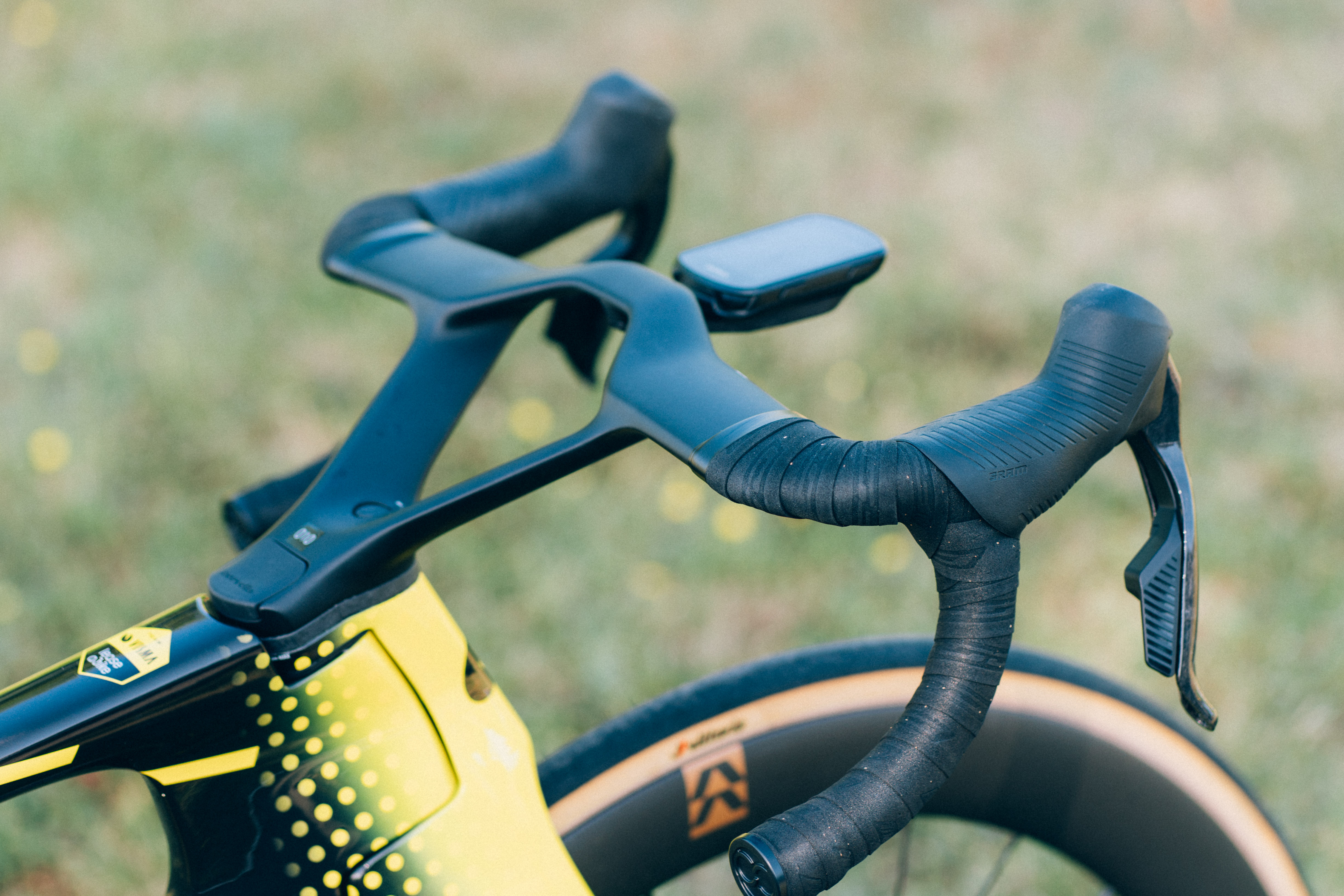
The net result: faster
When you put all this out onto the open road with 176 riders over 21 stages, there is a snowball effect. Bigham points out that drag, and therefore the drafting effect, increase with speed.
“It’s less fatiguing sitting in a bunch going smoothly at 50km/h than going at 40 with higher rolling resistance. So the guys sitting in are, relatively speaking, fresher, which is energy that can be used to go faster at other points, and it becomes like a big team time trial.”
Nutrition
Equipment may be the first thing that comes to mind, but speak to anyone involved in professional cycling and they’ll highlight nutrition as a key driver in the increasing speeds not only of the Tour de France but in just about every race on the calendar. Nutrition science has come a long way in the past few decades. It wasn’t all that long ago that riders were stocking up on enormous breakfasts and topping up on relatively normal foods to get them through the races. Gels became popularised in the 1990s, and as sports science has charged forward in the 21st century, fuelling both on and off the bike has become incredibly sophisticated.
"Before, we didn’t have much knowledge or research in terms of nutrition," says UAE Team Emirates' head of nutrition, Gorka Prieto-Bellver. "Nowadays, we know better how cyclists use fuel, the amount of carbs they need, the protein, lipids, also supplements. We have so much more information and of course we are going to apply that better. I don't know the percentage, but what I can say 100% is they go faster because they fuel correctly."
Hotel canteens used to be full with riders a decade ago, but most WorldTour teams now have a team of chefs travelling with them for the major races. Some teams even have their own AI-powered platforms that takes all their performance data and works out a meal plan to the gram. Weighing scales are a fixture in every pro rider's kitchen.
"They take care about everything. In our team it’s mandatory to weigh all the food, to know 100% what they are doing.
"We have a lot of data, a lot of tests. For example, we measure how much sodium a rider loses per hour, to know how much they should take per hour at different temperatures. We are super precise. That's why nowadays it’s quite strange to see a rider with a hunger flat."
A carb revolution

If fuelling has seen steady evolution over the past few decades, it has experienced a revolution over the past few years. Carbohydrate intake is the new frontier of performance, and it's reaching levels that were unthinkable just a decade ago.
"10 years ago, 60 grams per hour of carbohydrate was standard, and even 90 was considered something 'wow, super high'. Nowadays, we are eating between 120 and 130 grams per hour. That's the reason why you see the average speed is higher."
From gels to drink mixes, there are better products to get those carbs into the system. But it's still a challenge. As anyone who has scoffed a couple of gels will know, instant carbs are not always kind to the stomach. That's why cycling nutritionists all talk of 'training the gut', slowly adapting the digestive system to be able to deal with this onslaught of carbs. They swear by the benefits.
"They are fuelled correctly, and then the recovery is better, and then they are well fuelled from the day before, and everything is better" says Prieto-Bellver.
Ketones – which provide an alternate fuel source to carbs – are another novelty of the past few years but they remain shrouded in mystery and a touch of controversy.
Training
“A lot of articles are based around aero this, aero that, and the new nutrition with the high carbs,” says Decathlon-AG2R’s head coach Stephen Barrett, predicting where this article has already headed. “But I think sometimes the training side of things is a little bit left behind.” That’s because, as he points out “guys have always trained hard”.
But they have never trained this smart.
“When I speak to some of my colleagues who were riders back back in the late 80s or the 90s, training was about chasing fatigue – if you were fatigued, it meant you were training well – whereas now there's a much bigger shift to actually train for performance.”
As with tech and nutrition, the explosion of sports science is fundamental. And as with tech and nutrition, the big leaps are more recent than you might think. For Barrett, there are two key shifts, the first coming around 10 years ago when he entered the sport, and the second in the past few years.
“The big change for me came 10 years ago when I came into the sport. First of all there was suddenly a bigger want or need for people who understood physiology. There was certainly another shift post-pandemic, in how we viewed preparation. 10 years ago I would have always viewed preparation as looking at the determinants of performance – lactate threshold VO2 Max, fatigue resistance – and I would have trained riders to improve those determinants. But I would never really have looked at the demands of the races. Now, I’m less focused in improving a rider’s threshold by five watts or 10 watts. I’m more looking at ‘ok, what does it take to be competitive at a particular Classic, or this Tour de France. I’m looking with a much deeper analysis at the demands of those races, and the parcours, as opposed to just getting a guy fitter. That’s been a big, big change.”
More metrics

Perhaps the biggest development is the sheer amount of metrics now used to assess a rider’s fitness, and the sheer range of gadgets used to capture that data. A patch on your arm will tell you your blood sugar levels in real time, a ring on your finger will tell your recovery score after a night’s sleep.
“There was probably a time where the two metrics were power and heart rate, and then at one moment, I would say four or five years ago, there was an explosion of core temperature, muscle glycogen, blood glucose, I could go on and on,” Barrett explains. “In the past with the lack of technology, you might give somebody a six-week training program and you would reassess after the six weeks, whereas now we can reassess quite quickly, quite easily day-to-day, so we can see if a rider is actually adapting to the training that they've been given or not, and then you can make quicker changes. It’s not so much that the training is better, it’s that we can make better decisions.”
More cash
An important factor here is money. There is still huge discrepancy the biggest WorldTour team budgets and the smallest, but on average they have risen markedly since the turn of the century. Whereas once the gold-standard coaching was reserved for the team leader, nowadays it filters through the whole roster. Altitude camps aren’t attended by one or two climbers anymore but large groups of varying rider types. That even extends down the U23 and junior ranks, the professionalisation of which has been a major theme of the past decade. This impetus from the bottom of the pool has only raised the level needed to stay afloat.
Fewer race days
A final consideration is team sizes, which have increased since the turn of the century. Armstrong’s US Postal had barely 20 riders in the early 2000s. Teams can now have 30 riders plus guest appearances from development teams. As a result, average race days per season have been trending down throughout the bunch, especially since the pandemic, which gets riders to the start line fresher and more focused on the race in hand.
“The idea that more racing prepares you to race better is a thing of the past,” says Barrett.
Style of racing
From what we’ve looked at so far, the riders can go faster, but much depends on how they race, and they’re racing harder than ever. Anecdotal evidence will point to a dramatic rise in intensity from kilometre zero to the finish line. Across the calendar, races just don’t settle down like they used to. That’s especially true at the Tour de France, which has seen a marked decline in the old-fashioned snoozy sprint and transition stages.
The second-division wildcard teams used to be breakaway fodder, happy to chase doomed causes out front in return for the TV airtime. But as budgets and competition have increased, even those teams have loftier ambitions. So we either see scenes where no one wants to go in the break, or where so many teams want to get in the break that everyone attacks full gas for two hours before the race finally settles down. This is especially true of the final week, when teams suddenly panic that time is running out to get something out of the race. This is compounded by the fact that UAE Team Emirates and Visma-Lease a Bike have shared almost a third of all stage wins in the past five years – that only increases the hunger from the other 20 teams.
“Some days we thought it would be controllable, with a nice [breakaway] group like it used to be, but it would end up with a crazy strong group to chase, and finishing with almost 50 average,” Philippe Gilbert said after the 2022 Tour. “The speed was crazy, out of control.”
Even when the sprint stages do settle into a familiar pattern, gone are the days when the break would be allowed a double-digits lead. In the past five years, the peloton pullers have much preferred to keep their prey within five minutes for a more controlled ‘chase’, which nudges the average speed up.
Respect
One other factor, which is particularly pressing when it comes to the safety issues that arise from these higher speeds, is the behaviour of riders in the peloton.
“I don’t know what’s happening in cycling these days, there’s no respect in the bunch,” Michael Matthews said a couple of years ago. It has become a familiar refrain from more seasoned pros who’ve felt the sharp elbows of this fearless new generation. With youngsters able to compete from the starts of their careers, the natural order of the peloton has fallen away. Once governed by a patron, or by a dictating team, almost every rider will tell you it’s more of a jungle out there now.

A greater number of teams riders feel they can assert themselves, which intensifies the fight for position. Just as Team Sky popularised the intense sprint-stage run-in to keep their GC rider safe, the approach to key flashpoints has become a race to the bottom; the more the perception of risk, the more risks are taken to be the ones to avoid that risk.
The result? Faster speeds before they even get to the critical points of the race.
Route design
If the riders are throwing caution to the wind and racing like there’s no tomorrow, they’re being aided and abetted by the Tour de France organisers. Frustrated for a number of years by the over-controlling forces of peak Team Sky, Christian Prudhomme and the ASO tried all manner of tinkering with the race route. At one point, it was more climbs, then punchier climbs, then higher climbs. Nothing seemed to make a difference, but they’ve nevertheless looked to jump aboard this new spirit in the modern peloton. As most long-form sports have looked to appeal to a short-form audience, the Tour chiefs have tended to pepper the route with more temptations, as opposed to 200km slogs on the flat.
The route design has a huge impact on average speed but beyond the above, it’s hard to decipher a consistent trend that would match the graph of rising speeds. Time trial kilometres have reduced compared to the first half of this century, but the overall distance of the 21 stages has remained pretty consistent, as has the total elevation gain. There are some discrepancies which can account for certain years. For example, the record-breaking 2022 Tour featured 48,800 metres of elevation gain, whereas the two Tours since have had 56,600 and 53,100, which might explain why they’ve fallen short in terms of speed.
Weather
The Tour de France directors can control the route, and the riders can control the racing, but no one can control the weather. Heavy rainfall and intense heat are two factors that will slow down Tour de France stages, but the overwhelming meteorological factor, as everyone who’s swung a leg over a bike will know, is the wind. Headwinds not only dull the speed but also the desire to attack, whereas tailwind days can see all hell break loose. So have we had more tailwinds than headwinds in recent years? Well, if we take the record-setting 2022 Tour, it would seem not. The prevailing wind in France is westerly from the Atlantic, but that Tour mostly hugged France’s eastern flank before transitioning east-to-west from the Alps to the Pyrenees. That said, the wind doesn’t always follow the script. Philippe Gilbert commented at the time: “It was dry every day, so that means fast, and a lot of tailwind, so it was really fast, fast.” If we look back to 2005, there is something of an explanation beyond the enhanced blood coursing through so many veins; the race spent a whole week going from France’s Atlantic coast over to its eastern border with Germany. There's no overarching trend from the past few years. Temperatures are creeping up, and hotter air does mean less drag, but then again climate change is more about extreme weather events, such as heatwaves, which would stifle the riders.
The elephant in the room

Doping is the elephant in the room, and the one thing that’s hard to assess with any degree of confidence. Doping cases in professional cycling have dropped off considerably in the past five years, which might suggest the sport is cleaner. Then again, testing dropped off dramatically during the pandemic, leading to widespread concerns over riders’ ability to cheat. Given speeds have rocketed in that time, far outstripping performances by riders whose blood was known to be teeming with illegal substances, and given cycling’s litany of prior scandals, a degree of scepticism is perhaps only natural.
New substances, better masking agents, and micro-dosing are all things the ITA – which took over doping policing from the UCI itself a few years ago – is watchful of, and they’re still checking for motors. “They’re breaking climbing records by three or four minutes and I don’t understand how it’s possible in terms of recovery,” said Nacer Bouhanni in a striking statement from a recently-retired pro. The factors set out in this piece provide solid, legitimate reasons for why the peloton is getting faster, but do they tell the entire story? That’s a question of personal faith.
Conclusions
Will the 2025 Tour de France be the fastest ever?
Well, we've had another year of R&D, and another year of the new generation pushing the level up. We also have a route that comes in a shade shorter than 2022 with a shade less elevation gain. It does go west early on but there are numerous east-ward stages that could pick up that prevailing tailwind. With plenty of tempters for aggression outside the mountains, it wouldn't be a surprise to see a new record.
As for where this leads longer-term, “I don't think we're even halfway there yet,” was Bigham's response with regards to the science of the sport. “We’re on that slope of enlightenment but there's so much further to go.”
The Tour de France is the biggest race in cycling, and a Cyclingnews subscription offers you unlimited access to our unrivalled coverage. Get all the breaking news and analysis from our team on the ground in France, plus the latest pro tech, live race reports, and a daily subscriber-only newsletter with exclusive insight into the action. Find out more.
Patrick is a freelance sports writer and editor. He’s an NCTJ-accredited journalist with a bachelor’s degree in modern languages (French and Spanish). Patrick worked full-time at Cyclingnews for eight years between 2015 and 2023, latterly as Deputy Editor.
You must confirm your public display name before commenting
Please logout and then login again, you will then be prompted to enter your display name.
